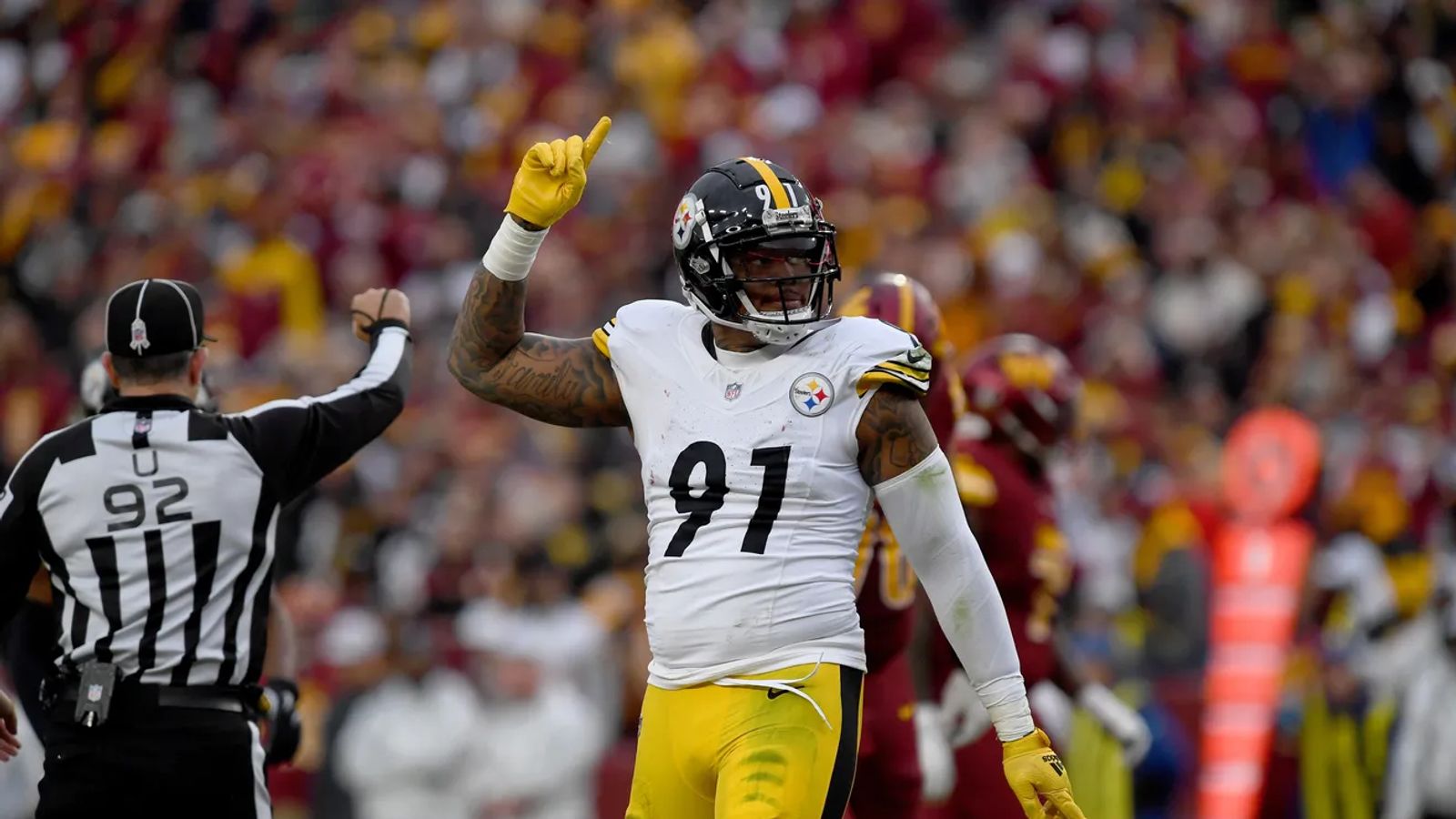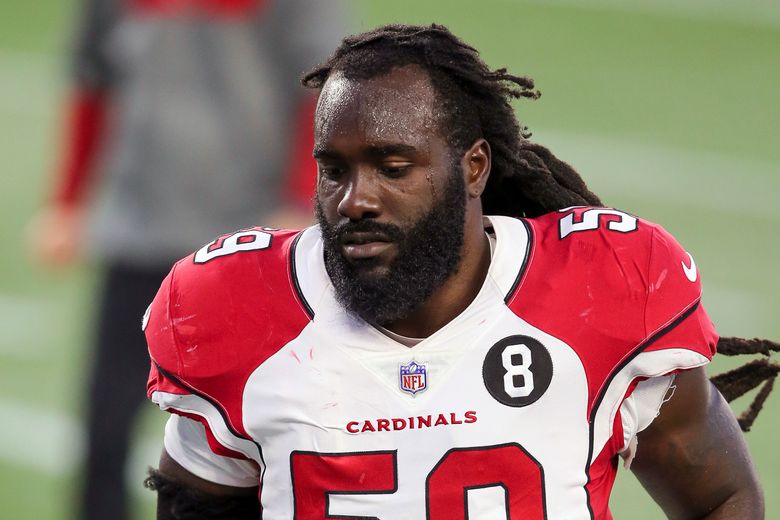Green Bay Packers Face Dead Money Challenges Despite Improved Cap Situation
A More Favorable Financial Outlook The Green Bay Packers have significantly improved their salary cap situation compared to previous years. By focusing on younger talent and moving on from the Aaron Rodgers era, the front office has created a more sustainable financial structure. However, despite these efforts, the team’s financial books are not entirely clean. In 2025, the Packers are projected to carry approximately $18.3 million in dead money.
Understanding Dead Money in the NFL Dead money refers to salary cap charges associated with players who are no longer on a team’s roster. This financial burden typically arises from signing bonuses or guaranteed money that still counts against the cap even after a player’s departure. If a player is traded, future guaranteed base salaries may be absorbed by the acquiring team, but previously paid bonuses remain on the original team’s books. This is precisely the scenario currently impacting the Packers.
Significant Dead Money Hits The largest dead money charge for Green Bay in 2025 stems from Preston Smith, accounting for $9.88 million. The veteran edge rusher was traded to the Pittsburgh Steelers ahead of the trade deadline last season. Because the deal was executed after June 1st, the remaining prorated signing bonus accelerated to the 2025 cap.
Another major dead money case involves linebacker De’Vondre Campbell, who was released in March. Green Bay designated his release as post-June 1st to mitigate his 2024 cap hit, but this merely deferred a financial impact to 2025. Consequently, Campbell’s dead cap hit will be $7.97 million.
Aside from these two key players, other minor dead money charges stem from various roster moves, including those involving Sean Clifford, Anders Carlson, Michael Pratt, Anthony Johnson Jr., and Samori Toure.
Potential for Increased Dead Money The Packers’ dead money situation could worsen depending on their offseason moves. For example, if they decide to release cornerback Jaire Alexander without a post-June 1st designation, they would incur an additional $18.1 million in dead cap charges. Such a move would significantly impact their financial flexibility moving forward.
Green Bay managed last season with approximately $15 million in dead money, primarily attributed to Rasul Douglas, Darnell Savage, and Yosh Nijman. However, 2023 was the team’s most significant dead money season due to Aaron Rodgers’ departure. When the Packers traded Rodgers to the New York Jets, they absorbed a staggering $40.3 million in dead cap, contributing to a total dead money figure of $65 million for the year.
Navigating Future Cap Challenges The Packers’ improved salary cap situation gives them more breathing room, but dead money remains an unavoidable challenge in the NFL. While they have minimized the long-term impact of previous contracts, future roster decisions will determine whether their cap flexibility continues or if they face another wave of financial constraints.
Ultimately, Green Bay’s ability to manage these cap implications will play a critical role in their efforts to remain competitive in the seasons to come.








